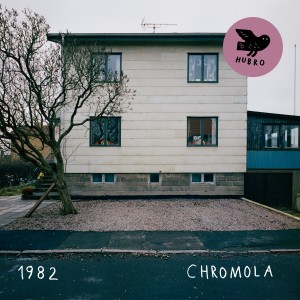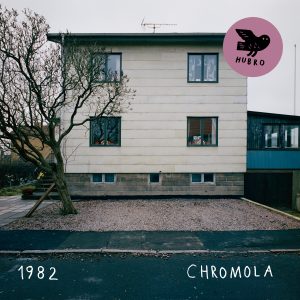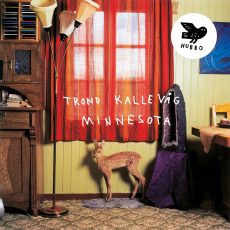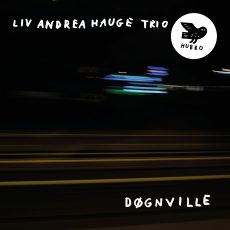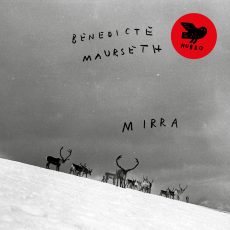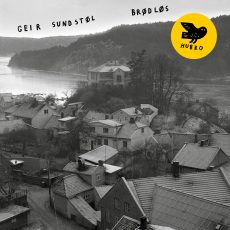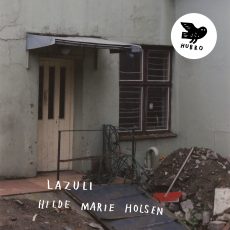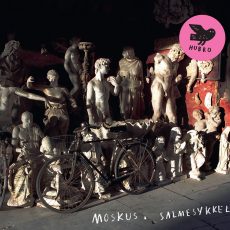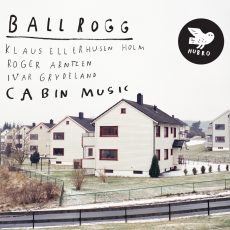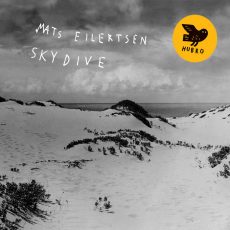There are trios, and there are trios: ‘power’ trios, ‘feel’ trios, piano, bass and drums trios. What’s especially distinctive about 1982 – the trio of Nils Økland, Sigbjørn Apeland and Øyvind Skarbø – apart from the unusual instrumentation of violin or Hardanger fiddle, harmonium and drums, is the empathy displayed by the group as a whole; the hyper-sensitivity with which each individual member appears to respond to the contributions of the others in the pursuit of a collective goal, however obscure or unknowable that goal might be. Such extreme alertness to subtle changes of mood and nuance, and to the evolving sound-world of each, totally improvised, performance is rare in music of any type. 1982 have made it their signature.
Church organ
The new album, ‘1982: Chromola’, as well as marking the group’s tenth anniversary, represents a return to the essential identity of the trio playing alone, without guests. Recorded at Sandviken church in Bergen on the day following an evening concert, the album uses material from both occasions, engineered once again by Davide Bertolini, who worked on the band’s four previous recordings. As an album it is remarkable for many things, but perhaps most notably for the role of Sigbjorn Apeland, who plays pipe organ on all but one of the seven tracks rather than harmonium, which features only in the closing, seventh, piece. While one might have expected the use of the organ (or organs, for Sandviken has two resident instruments, both of which Apeland played) to create a more liturgical or contemplative feel to the overall sound, the effect is much closer to prog-rock than it is to the church. On the opening two pieces (titled, as is 1982’s custom, only by track number and duration), and intermittently elsewhere, Apeland’s ghostly wails, drones and ornamental flourishes may even carry echoes of early Pink Floyd, accentuated by drummer Skarbo’s occasional use of timpani-beaters, and heavy, unapologetically meaty pulse, or recall the proggish minimalism of Terry Riley and John Cale. Heard amidst the spacey sonic background of Apeland’s atmospheric burbling, squawky interjections and impassioned mini-cadenzas, together with Skarbo’s readiness to find a groove and stick to it, Nils Økland’s fiddling appears to take on a new, emphatically bluesy quality. At times, playing like a man possessed, his long, arabesque, Eastern-oriented lines can seem to go on and on, reaching peak after peak, as if to demonstrate his unequalled virtuosity as a soloist, whatever the musical setting.
State-of-the-art
Subsequent tracks return to what might seem a more conventionally experimental mode, before picking up the pace again a number of times. But what is perhaps most striking about ‘1982: Chromola’, despite the variety of the music it contains, is that everything remains all of a piece. There’s a governing sense of intense exploration within self-imposed limits; of going further and further into a particular sonic palette whose colours derive from the individual instruments, the recording venue, and the countless combinations between them, and whose meanings deepen and deepen as the exploration continues. As improvised music goes, this is close to state-of-the-art.
Tour
14.01: AMR, Genéve (CH) 26.01: Biermannsgården, Oslo (N) 27.01: Earwaves, Stavanger (N) 28.01: Stord jazzklubb, Stord (N) 29.01: Kabuso, Øystese (N) 30.01: LYD, Haugesund (N) 31.01: Playdate, Bergen (N) 02.05: Arena, Moss (N) 24.05: Nutshell, Nordheimsund (N)









